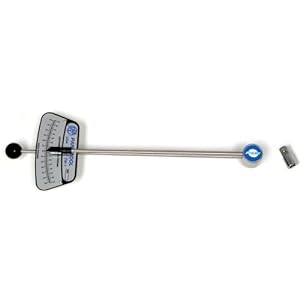+1 - to the grinder with those tools. Just be sure to grind it veeeeery sloooowly so you do not over-heat the bit and ruin the tempered hardening.
As to why they make them that way? My guess is that it makes it easier to fit the tool into the fastener quickly. IME quickly is seldom the best way.
FYI... I believe that what we are actually talking about getting "stripped" are item #8 in the
illustrated parts breakdown, aka "Pad Pins" part number 3P6-25924-00-00 and list for $32.87 each

The torque spec for those is 12 ft-lbs. My guess is that your torque wrench may be incapable of accurately measuring 12 ft lbs. Anything with this low of a torque spec doesn't really need to be torqued. They are just in there to retain the brake pads. On the first gen, they are just clevis pinned into place (no threads)
The caliper bolts that everyone else is talking about in this thread, i.e. the fasteners that hold the caliper to the fork leg, are hex head bolts with a 29 ft-lb torque spec. Those are the bolts that you need to remove to take off the calipers for wheel removal. Those fasteners you
do want to torque to spec.





